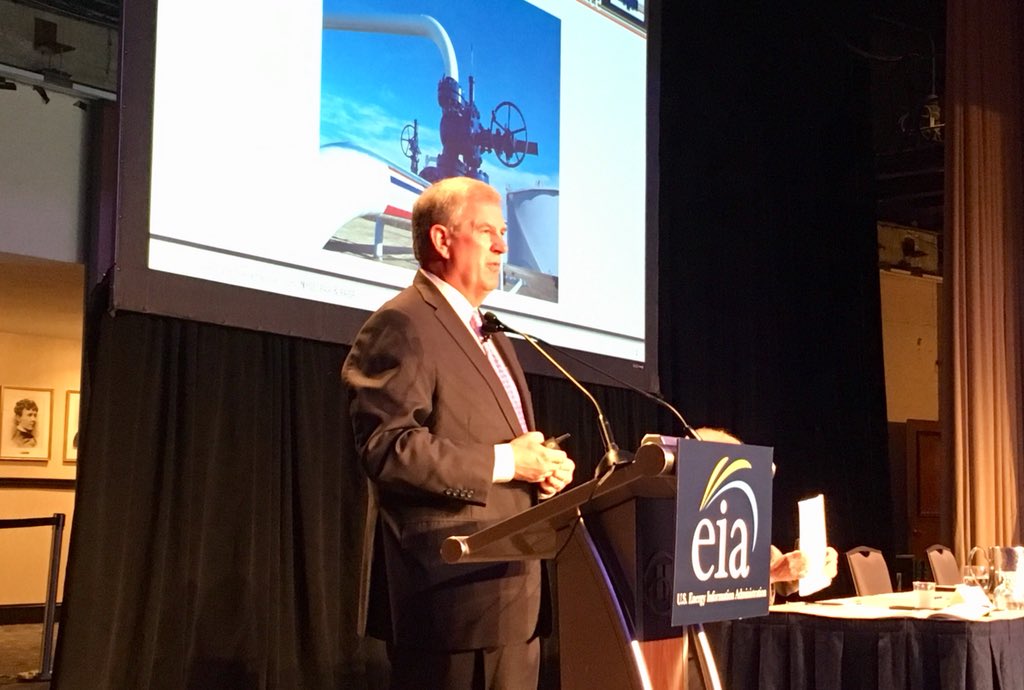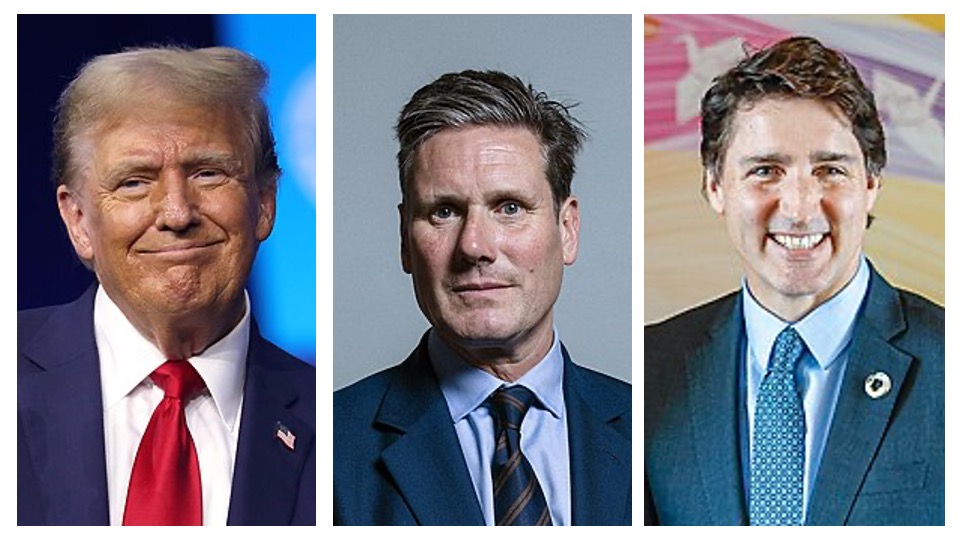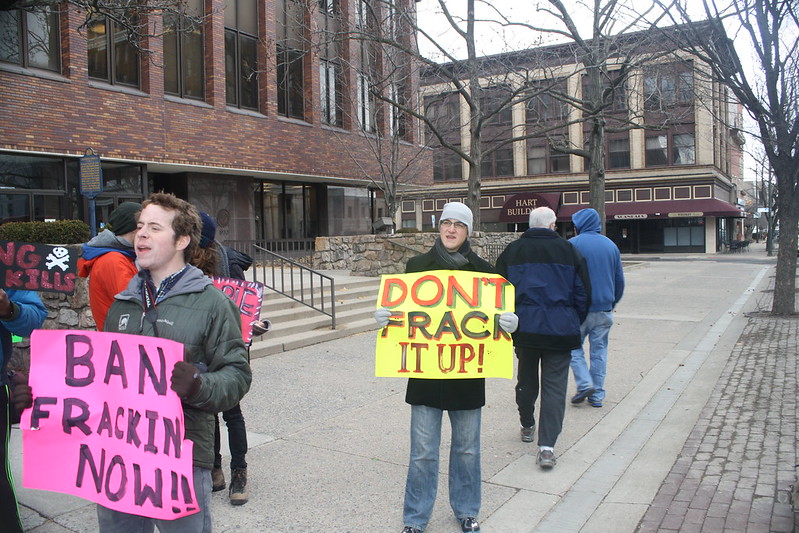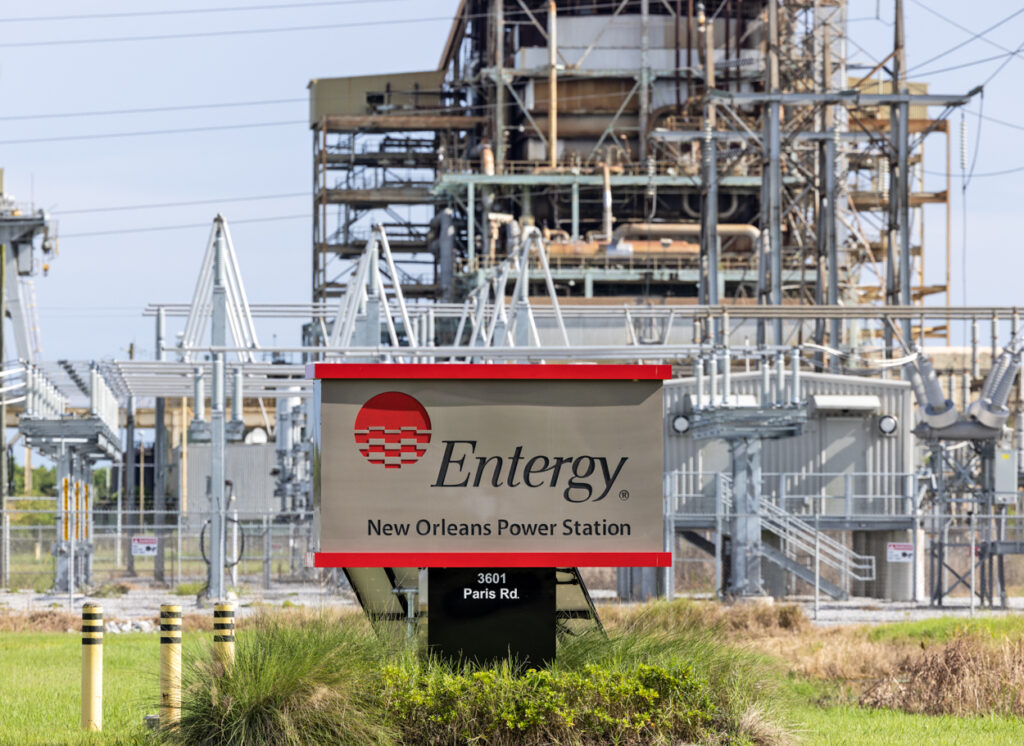As attendees of this year’s annual Energy Information Administration (EIA) conference walked into the Washington, D.C., Hilton Hotel on June 4, there was a bit of confusion. The only conference sign in sight was for a meeting on the “Effects of Climate Change on the World’s Oceans.”
Eventually, conference organizers remedied the problem, and the sign for the climate change conference would be the last time EIA meeting attendees would hear about the warming of the planet and its impacts.
Instead, the EIA conference, hosted by the federal agency that tracks energy industry trends and statistics, would focus on a decidedly different topic: the booming oil and gas industry.
It opened with a presentation by Plains All American Pipeline Chairman and CEO Greg Armstrong, who had a simple message for the audience:
“The main takeaways from this presentation is [sic] that the U.S. has undergone a very positive transformation over the last roughly 40 years and it’s a great time to be in the business in the U.S. today.”
And by “the business,” he means the oil business.
Slide from Plains All American Pipeline CEO Greg Armstrong’s 2018 EIA keynote presentation.
Perhaps Armstrong was just “talking his book,” (as they say in investor parlance) but no other speakers at the conference appeared to disagree. While it was billed as an energy conference, it easily could have been confused with an oil and gas meeting. Other major energy sources simply were not on the agenda (although there was a panel on energy efficiency in buildings).
John Kemp, an energy industry analyst for Reuters, presented an overview of oil markets, offering some explanation of what drives price changes. He also made two predictions about where energy use was headed.
First, he predicted that oil consumption would be strong through 2050. If Kemp is right, this scenario is both at odds with any efforts designed to limit global warming to well below 2° Celsius (3.6° Fahrenheit) and at odds with some oil company predictions. Even ExxonMobil has forecasted a drop in global oil consumption by 2040 due to climate regulations. However, Kemp did not mention the specter of climate change playing into oil markets, and no questions in the moderated Q&A session that followed his talk raised this issue.
The second prediction Kemp made was that modern civilization would only choose to switch to non-fossil fuel energy sources as a matter of “convenience.”
Slide from Reuters energy analyst John Kemp’s presentation “Cyclical behavior of oil prices.”
The same day that Kemp and Armstrong were forecasting the health and longevity of the oil industry, the journal Nature Climate Change published a study warning that fossil fuel assets could be headed for a major crash by 2035. The reason? “Advances in technologies for energy efficiency and renewable power … that [have made] low-carbon energy much more economically and technically attractive.”
While neither Kemp nor Armstrong addressed this potential future scenario, Kemp did acknowledge that energy efficiency would impact oil demand. However, he said that “efficiency gains are likely to be dwarfed by increased energy demand.”
A Future of Fracking, Exports, and Plastics?
Shortly after the EIA conference, Pope Francis held a conference of his own, which also involved the oil industry. The leader of the Catholic Church, however, had a different message for the gathered oil industry executives than the message the oil industry executives were telling the audience at EIA 2018.
“Will we turn the corner in time? No one can answer that with certainty,” the Pope said. “But with each month that passes, the challenge of energy transition becomes more pressing.”
Scientists tell us that in order to reach the Paris Agreement goal of limiting global warming to well below 2°C – much less the more ambitious goal of 1.5° Celsius (2.7° Fahrenheit) – oil consumption not only can’t be rising through 2050, it has to be virtually phased out by 2060.
However, America is undeniably producing oil and natural gas at record levels and working hard to export as much of these products as possible to the rest of the world. In that respect, Armstrong is right that it is a good time to be in the oil business in America.
The American fracking industry shows no signs of slowing down, despite not being profitable, and all that record oil and gas production needs to go somewhere. And this was the lens through which most of the EIA conference was looking.
Other conference topics included the ways technology is improving fracking results and the importance of the export markets to the fracking industry.
The U.S. is not only exporting oil and natural gas as fuel but also as feedstock for the growing global petrochemical industry, which includes the plastics industry. While the world is coming to terms with the issue of plastic pollution, the energy industry sees plastics as a huge growth opportunity. Oil and natural gas don’t have to be burned; they also can be made into plastic.
The presentation that best pulled together all of these issues was titled, “Downstream oil and natural gas development in Appalachia.”
The fracking industry, as it’s pumping out floods of natural gas, is producing far more ethane than it can process in the Marcellus Shale, which spans Pennsylvania, New York, Ohio, Kentucky, and West Virginia. Some of that ethane – a major ingredient for making plastic – is now going to the Gulf Coast by pipeline to feed the petrochemical industry there. But that is not a viable solution for the volumes of ethane being produced. Instead, the industry has proposed a solution – building a new petrochemical industry complex in Appalachia to store and process the ethane there.
This project is likely years away from being realized and may not happen based on economics. Building ethane processing facilities is at least 50 percent cheaper in China than the U.S. That sets up the possibility for U.S. ethane to be exported to China and would mean Appalachia would be fracked to send ethane to China to make more plastic, a portion of which would likely end up back in the U.S. Notably, China is one of the financial backers of the proposed petrochemical refinging project in Appalachia.
Meanwhile, in the real world…
On June 5, as the second day of the EIA conference unfolded in D.C., low-lying areas of the city were flooding. The Washington Post ran an article with stunning photos and the headline: “These photos of the District underwater illustrate our future with sea-level rise.”
While speakers at the EIA conference left out the context of climate change as they discussed sunny oil and gas forecasts, the nation’s capital was flooding on a sunny day.
Some EIA attendees also likely drove past the highway exit to Ellicott City, Maryland, a suburb of Baltimore, on their way to the conference. On the Sunday before the meeting started, residents of historic Ellicott City were just beginning to return to their homes and businesses, which had been flooded the previous weekend.
In a rational world, Ellicott City would serve as a “canary in the coal mine” for the impacts of climate change.
On May 27, the city experienced its second 1,000 year flood in just two years. Three people died in those floods, which occurred in 2016 and 2018. As The New Republic pointed out, these catastrophic floods were the combined result of extreme weather and overdevelopment. Global warming is making the Northeast more prone to heavy rainstorms.
While Ellicott City was warned about the dangers of overdevelopment, the city continued paving the land, building more construction above the already flood-prone town, and putting off stormwater improvements. Many of the new developments in Ellicott City are on high ground and do not flood when the historic downtown has been inundated.
That reflects an important point that John Kemp made during his presentation at EIA: Habits won’t change until it is convenient. But convenient for whom?
New construction on the hills above historic Ellicott City, Maryland. Credit: Justin Mikulka
For the corporations and governments profiting from the status quo?
Is it OK to sacrifice communities like historic Ellicott City as long as new homes are available above the city starting in the $700,000s? How much of this collateral climate damage will occur before it becomes inconvenient for the world to continue on a path that relies on fossil fuels?
If the message at the EIA conference is any indication, American oil and gas companies are prepared to keep drilling and exporting their way to sunny financial forecasts, whatever the flooding that’s happening right outside the door.
Main image: Greg Armstrong speaking at 2018 EIA conference. Credit: Energy Information Administration, public domain
Subscribe to our newsletter
Stay up to date with DeSmog news and alerts









